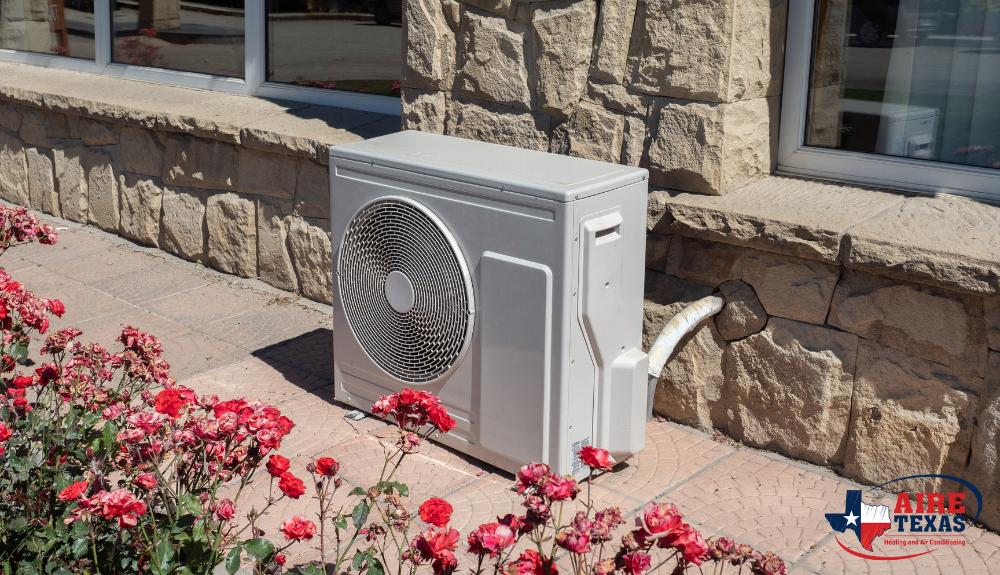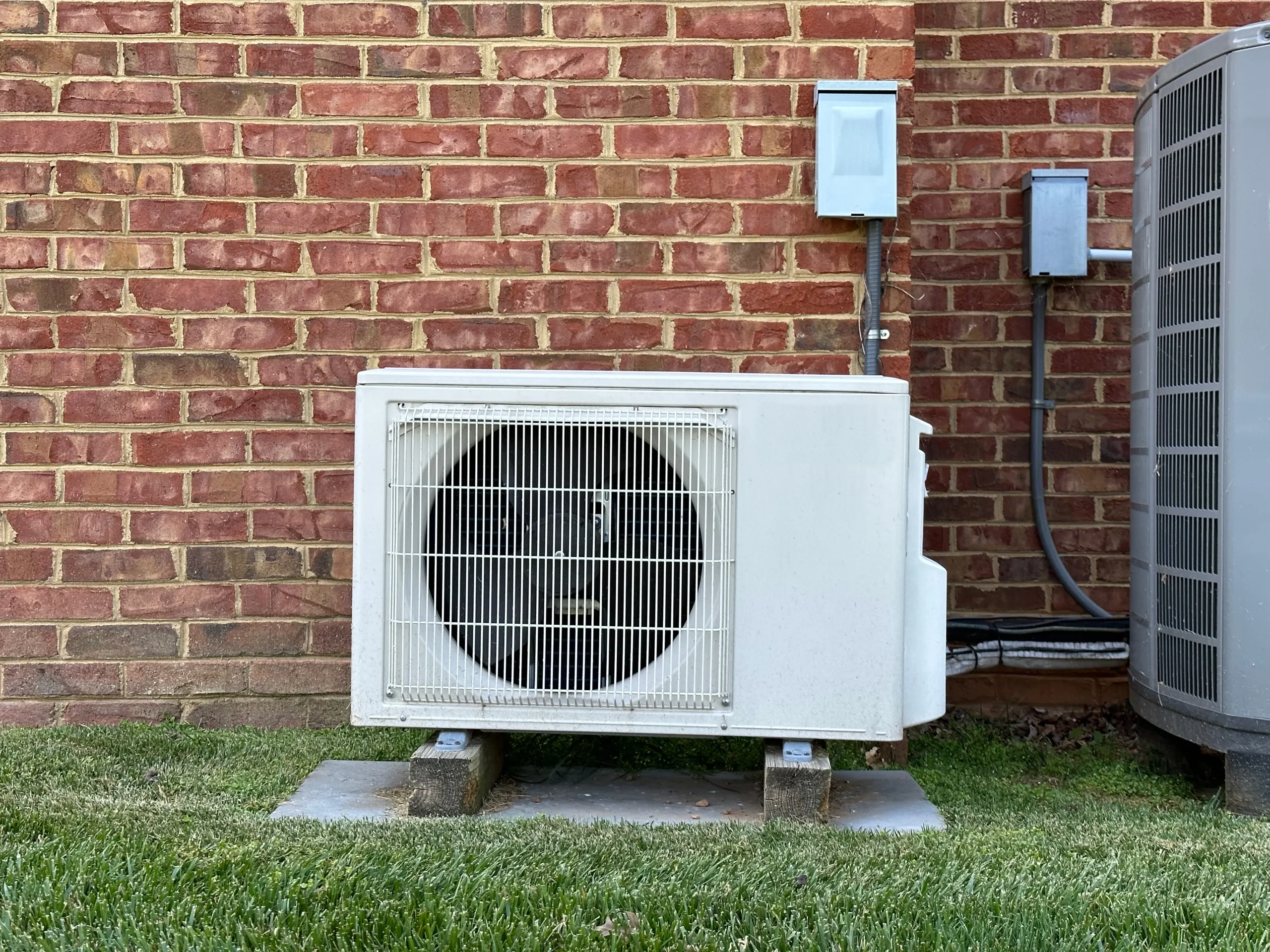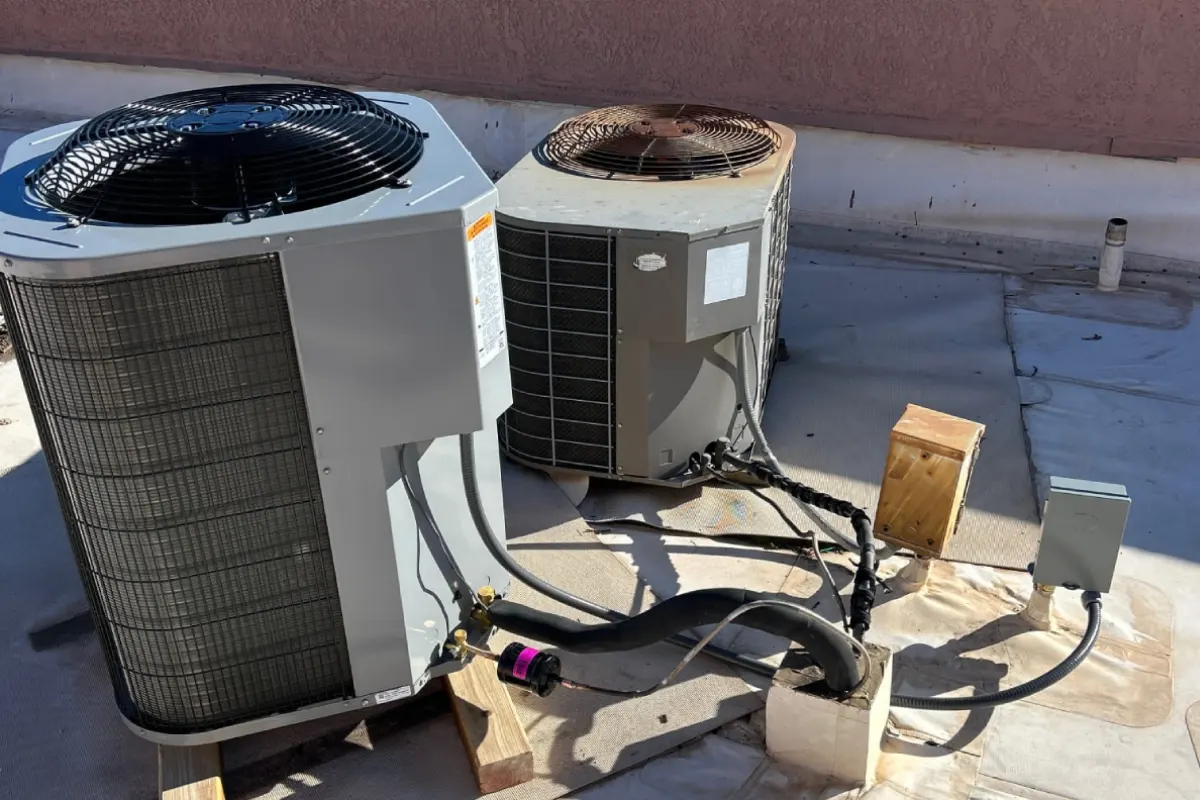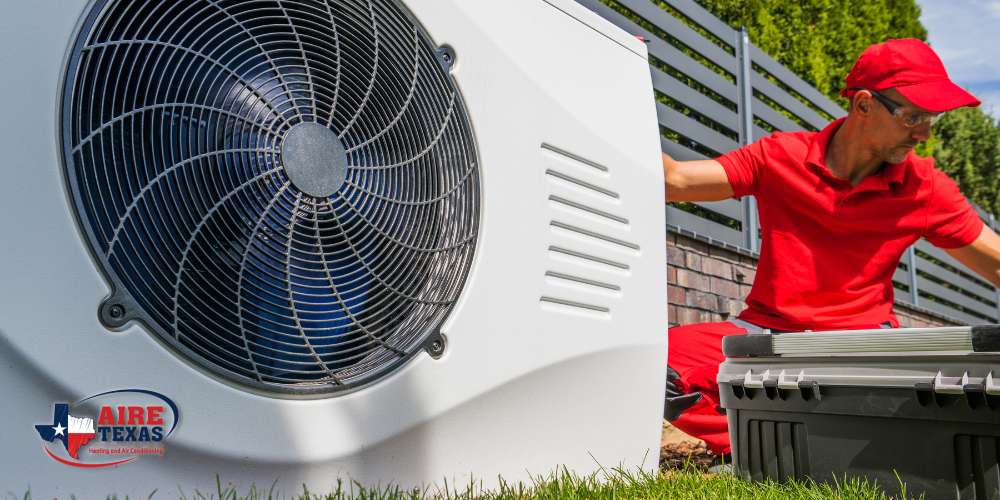Heat Pump Service Cedar Creek Tx

Living in Cedar Creek, TX, we understand how important a reliable heat pump is for year-round comfort. But, like any mechanical system, heat pumps can experience problems. One of the most frequent complaints we hear from homeowners is: "My heat pump is running, but it's not heating or cooling effectively." This means the system is on, perhaps blowing air, but the air isn't reaching the desired temperature.
Troubleshooting Your Heat Pump: A Step-by-Step Guide
Before you call a professional, let's go through some basic troubleshooting steps you can safely perform. Remember, if at any point you feel uncomfortable or uncertain, it's best to contact a qualified HVAC technician in Cedar Creek, TX.
Step 1: The Obvious Checks (No Tools Required!)
These are the easy, no-tool-required checks. Don't skip them – you'd be surprised how often the solution is simple.
- Check the Thermostat: Is it set to HEAT or COOL? Make sure it's in the correct mode for the season and that the setpoint temperature is significantly higher (in heating mode) or lower (in cooling mode) than the current room temperature. Ensure the thermostat is powered on and has fresh batteries if needed. It sounds simple, but it's a common oversight. Also, verify that the thermostat is not in "emergency heat" mode, as this typically disables the heat pump and relies solely on the electric resistance heat, which is less efficient.
- Inspect the Air Filter: A dirty air filter is a very common cause of heat pump inefficiency. A clogged filter restricts airflow, making the heat pump work harder and less effectively. Locate your air filter (usually inside the indoor unit or in a wall/ceiling vent) and inspect it. If it looks dirty, replace it with a new filter of the correct size. Using the wrong size filter can also affect performance and create problems over time. Most filters have an arrow on the side, make sure to put the filter in so the arrow is pointing towards the unit.
- Check the Outdoor Unit (Carefully!): Visually inspect the outdoor unit (condenser). Are there any obvious obstructions, like overgrown bushes, leaves, or snow/ice buildup around the unit? Ensure there's at least 2-3 feet of clearance around the unit for proper airflow. Never stick your hands inside the unit. Look for visible damage to the fins. A small amount of bent fins is normal wear and tear. However, if the fins are bent over in such a way that they’re significantly restricting airflow to the system, it could be contributing to the problem.
- Check the Circuit Breaker: Go to your electrical panel and check the circuit breaker for the heat pump. Is it tripped (in the "off" position or midway)? If so, reset it by switching it fully to the "off" position and then back to the "on" position. If the breaker trips again immediately, it indicates a more serious electrical problem that requires a professional electrician.
- Inspect the Return Air Vents: Are your return air vents (where air is drawn *into* the system) blocked by furniture, rugs, or other obstructions? Make sure they are clear to allow adequate airflow back to the unit.
Step 2: More Advanced Checks (Basic Equipment Needed)
These checks require basic tools like a multimeter and a thermometer. If you're not comfortable using these tools, skip to Step 3.
- Measure Airflow Temperature: Use a thermometer to measure the temperature of the air coming out of a supply vent (where air is blown *into* the room) and the temperature of the air being drawn into a return vent. There should be a noticeable difference (typically 15-20 degrees Fahrenheit) between the supply and return air temperatures. If the difference is significantly less, it indicates a problem with the heat pump's heating or cooling capacity. Write these temperatures down, as this will be helpful information if you need to call a technician.
- Check Capacitor (Proceed with Caution!): This is a potentially dangerous step, as capacitors store electricity. Only attempt this if you have experience working with electrical components and are comfortable discharging a capacitor safely. If not, skip this step!
Heat pumps have capacitors, which are electrical components that give the motor a jolt of energy to start the system. Over time, these parts can wear out and prevent your unit from turning on. To test, turn off power to the unit. After the power is off, use a screw driver to discharge any electricity still stored in the capacitor. Then, use a multimeter to ensure it is properly working. If not, it might be time to replace it. - Check for Ice Buildup on Refrigerant Lines: Examine the copper refrigerant lines that connect the indoor and outdoor units. A small amount of condensation is normal, but excessive ice buildup indicates a problem, such as a refrigerant leak or a malfunctioning defrost cycle. A refrigerant leak requires professional attention, and will not only prevent your system from properly heating and cooling, but can also cause environmental damage.
- Listen for Unusual Noises: Pay attention to any unusual noises coming from the indoor or outdoor unit. Grinding, squealing, or banging noises could indicate mechanical problems with the blower motor, compressor, or other components. Note the type of noise and when it occurs (e.g., only during startup).
Step 3: When to Call a Professional in Cedar Creek, TX
If you've performed the above checks and your heat pump is still not working correctly, it's time to call a qualified HVAC technician. Here are some situations where professional service is definitely required:
- Refrigerant Leaks: Handling refrigerant requires specialized equipment and training. It's illegal and dangerous to attempt to repair a refrigerant leak yourself. If you suspect a leak (e.g., ice buildup on refrigerant lines, hissing sound), call a professional immediately.
- Electrical Problems: Any electrical issues beyond resetting a circuit breaker should be handled by a qualified electrician or HVAC technician. Working with high-voltage electricity is extremely dangerous.
- Compressor Problems: The compressor is the heart of the heat pump. If it's malfunctioning, it's usually a sign of a major problem that requires professional diagnosis and repair.
- Major Mechanical Failures: If you hear loud banging, grinding, or squealing noises, it could indicate a serious mechanical failure that requires professional repair or replacement of components.
- Lack of Experience: If you're not comfortable performing any of the troubleshooting steps or you're unsure about what you're doing, it's always best to err on the side of caution and call a professional.
- Continuing Problems: If you’ve tried the steps above and the problem persists, it is most likely something that requires advanced HVAC knowledge and specific equipment to diagnose and repair.
Finding a Reliable HVAC Technician in Cedar Creek, TX:
When choosing an HVAC technician, consider the following:
- Licensing and Insurance: Ensure the technician is properly licensed and insured to work on HVAC systems in Texas. Ask for proof of these credentials.
- Experience: Look for a technician with experience servicing heat pumps specifically.
- Reputation: Check online reviews and ask for references from other customers in the Cedar Creek area.
- Estimates: Get written estimates from multiple technicians before committing to any repairs. Be sure the estimates include a breakdown of the costs for parts and labor.
- Warranty: Ask about the warranty on parts and labor. A reputable technician will stand behind their work.
Preventive Maintenance: The Key to Longevity
The best way to avoid heat pump problems is to schedule regular preventive maintenance with a qualified HVAC technician. A yearly or bi-annual checkup can identify potential problems early, before they become major issues. During a maintenance visit, the technician will typically:
- Clean the indoor and outdoor coils.
- Check refrigerant levels.
- Inspect electrical connections.
- Lubricate moving parts.
- Test the system's performance.
By following these troubleshooting steps and scheduling regular maintenance, you can keep your heat pump running efficiently and reliably for years to come, ensuring your home in Cedar Creek, TX stays comfortable year-round.
Remember, your safety is paramount. If you have any doubts or concerns, call a qualified HVAC professional. Don't attempt repairs beyond your skill level. A little preventative maintenance and a proactive approach to troubleshooting can save you time, money, and headaches in the long run. Staying comfortable in Cedar Creek means having a properly functioning heat pump!










